Pattern Recognition Tutor - Pattern Recognition Learning
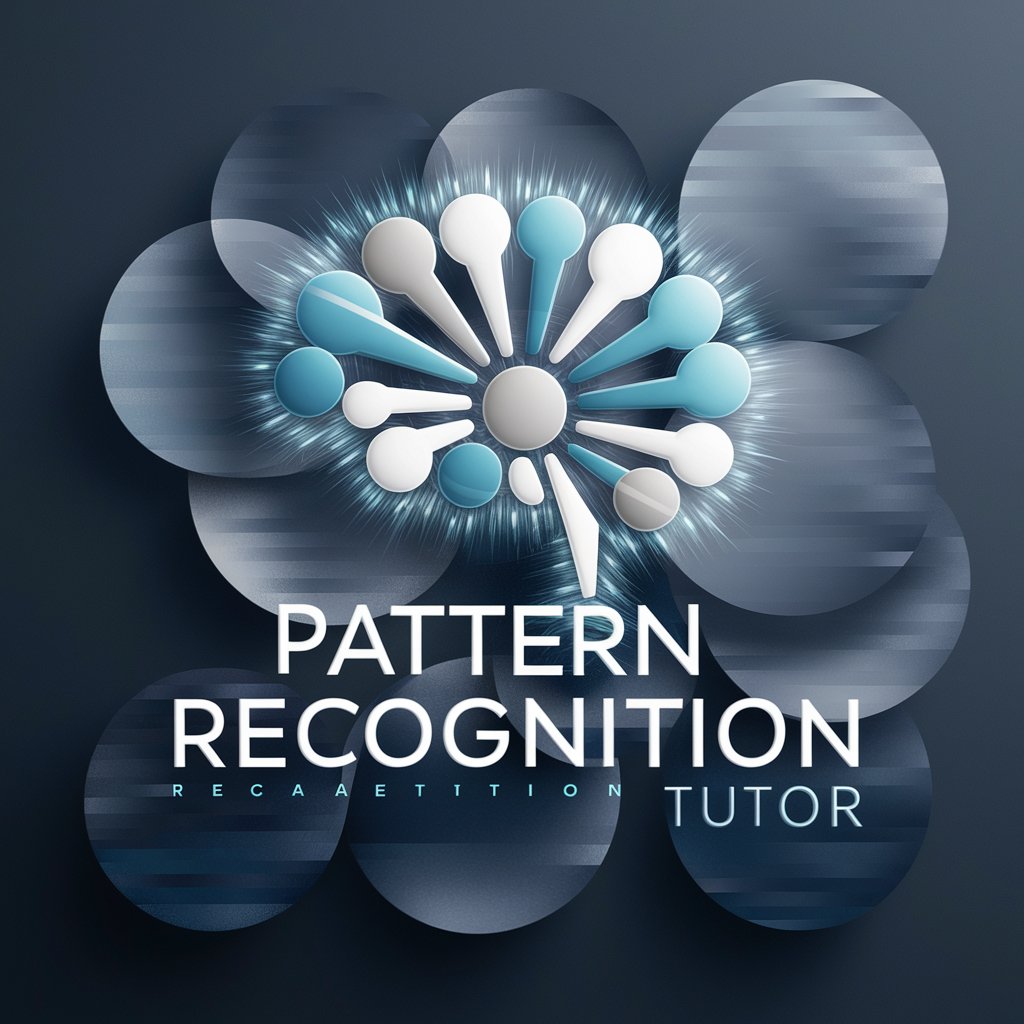
Welcome to the Pattern Recognition Tutor. Let's dive into advanced pattern recognition concepts together.
Empowering AI-driven Pattern Recognition Mastery
Explain the concept of supervised learning in pattern recognition.
What are the key differences between parametric and non-parametric techniques?
How do rule-based systems work in the context of pattern recognition?
Can you discuss the importance of decision theory in trainable classifiers?
Get Embed Code
Introduction to Pattern Recognition Tutor
Pattern Recognition Tutor is designed as a specialized digital assistant to support and enhance the learning journey of graduate students in the field of pattern recognition. This interactive tutor focuses on providing detailed, comprehensive explanations across a wide range of topics within pattern recognition, including but not limited to general concepts of pattern recognition, trainable classifiers, decision theory, supervised learning, non-parametric techniques, rule-based systems, and neural networks. An example scenario illustrating its purpose could be a student struggling to understand the concept of decision boundaries in non-linear classification problems. Pattern Recognition Tutor would not only explain the theory behind decision boundaries but also provide examples, visual aids, and perhaps a step-by-step walkthrough of how these boundaries are determined using different classifiers, such as SVMs or neural networks, thereby offering a deep, intuitive understanding. Powered by ChatGPT-4o。

Main Functions of Pattern Recognition Tutor
Comprehensive Explanations
Example
Explaining the concept and mathematical foundation of Support Vector Machines (SVMs)
Scenario
When a student is preparing for an exam and needs a deep understanding of SVMs, including how to mathematically formulate the optimization problem and interpret the solution.
Visual Learning Aids
Example
Generating plots that illustrate the effect of different kernel functions on SVM classification boundaries.
Scenario
A student is working on a project that involves comparing the performance of SVMs with linear, polynomial, and radial basis function (RBF) kernels on a non-linearly separable dataset.
Real-world Application Guidance
Example
Discussing the application of neural networks in image recognition tasks, including the architecture and training process of Convolutional Neural Networks.
Scenario
A student is interested in developing an image recognition model for their thesis and seeks guidance on how to approach the problem, select an appropriate neural network architecture, and implement the solution effectively.
Ideal Users of Pattern Recognition Tutor
Graduate Students in Computer Science or Engineering
This group includes students who are specializing in areas related to artificial intelligence, machine learning, and data science. They would benefit from using Pattern Recognition Tutor to gain a deeper understanding of complex topics, assist with coursework, thesis projects, and research, or prepare for exams and interviews.
Researchers and Academics
Researchers working on cutting-edge advancements in pattern recognition and related fields would find the tutor useful for exploring new concepts, validating theoretical knowledge, and getting assistance with the development of new methodologies or the improvement of existing ones.
Professionals in Tech and Data Science Industries
Professionals who are looking to update their knowledge or dive deeper into specific areas of pattern recognition to improve their work on projects involving machine learning, AI applications, or data analysis would find this tutor a valuable resource for lifelong learning and professional development.

How to Use Pattern Recognition Tutor
1
Start by visiting yeschat.ai for a complimentary trial, no sign-up or ChatGPT Plus required.
2
Choose the Pattern Recognition Tutor option to begin your session. Ensure you have a specific question or topic in mind related to pattern recognition.
3
Use the provided text box to enter your questions or describe the pattern recognition concept you're struggling with.
4
Review the detailed explanations and examples provided by the tutor. Feel free to ask follow-up questions for further clarification.
5
Leverage additional resources such as recommended readings or exercises suggested by the tutor to deepen your understanding.
Try other advanced and practical GPTs
Circuit Solver with Image Recognition
Illuminating circuits with AI precision

Type Muse
Empowering Design with AI Typography

Type Sketcher
Empowering Creativity with AI Typography
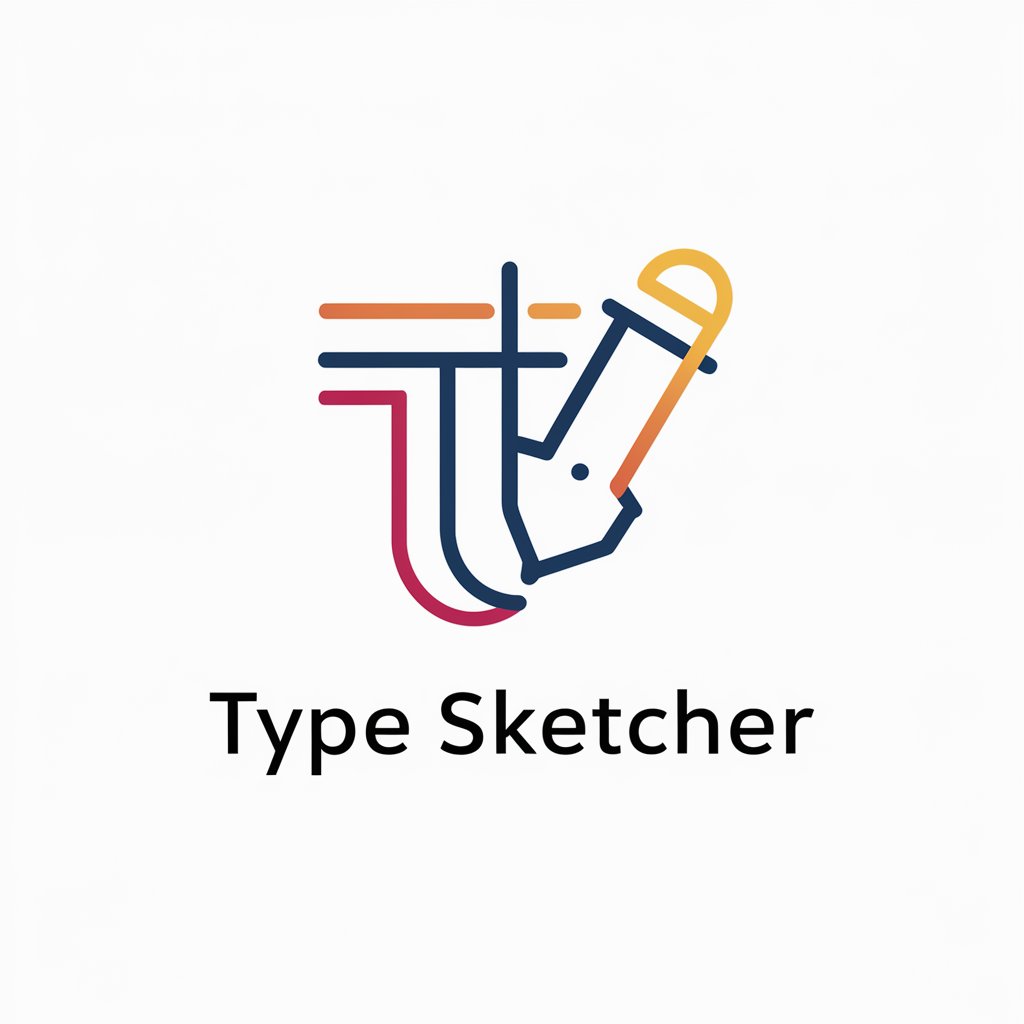
Type Designer
Empowering Design with AI-Driven Typography

Type Tutor
Empower your TypeScript with AI
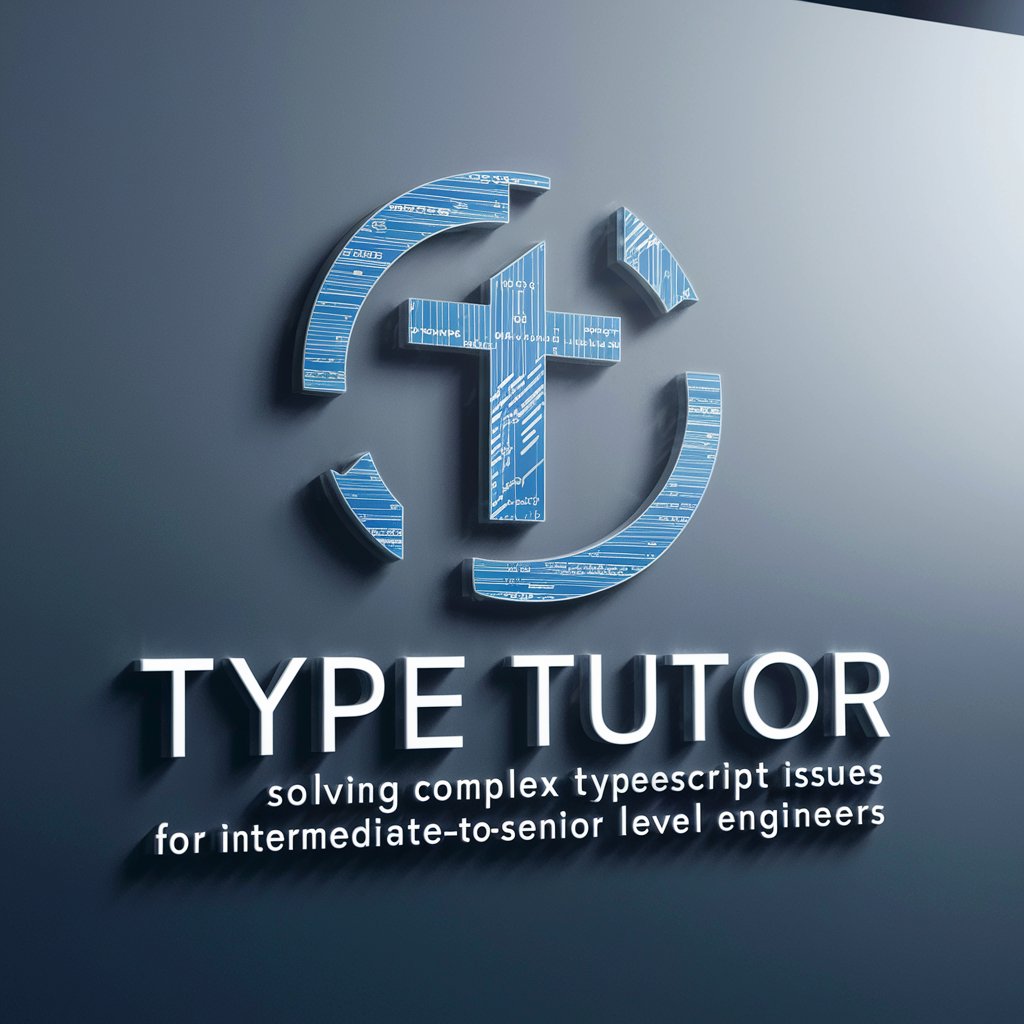
Type Coach
Enhance Typing Skills with AI
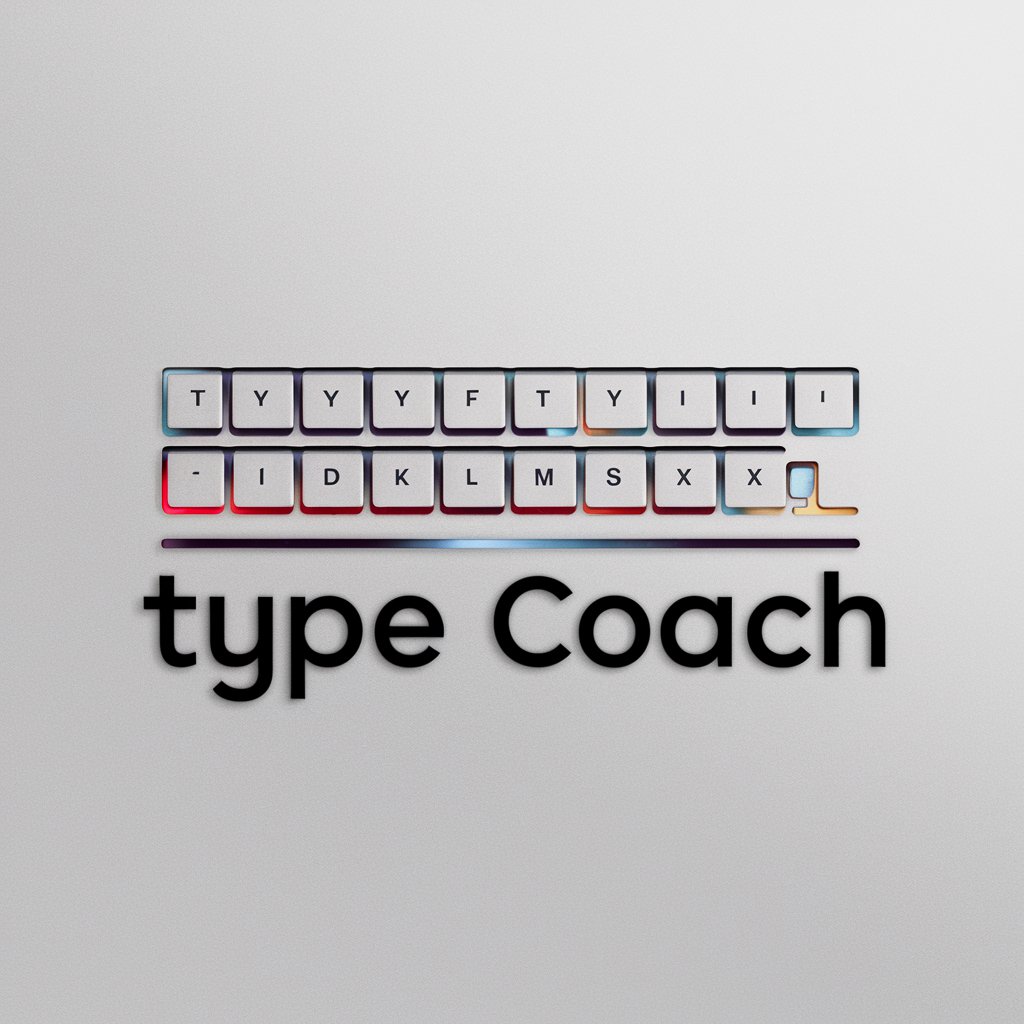
学習サポーター
Your AI-powered Study Companion

学習サポーター
AI-Powered Study Companion for Exams
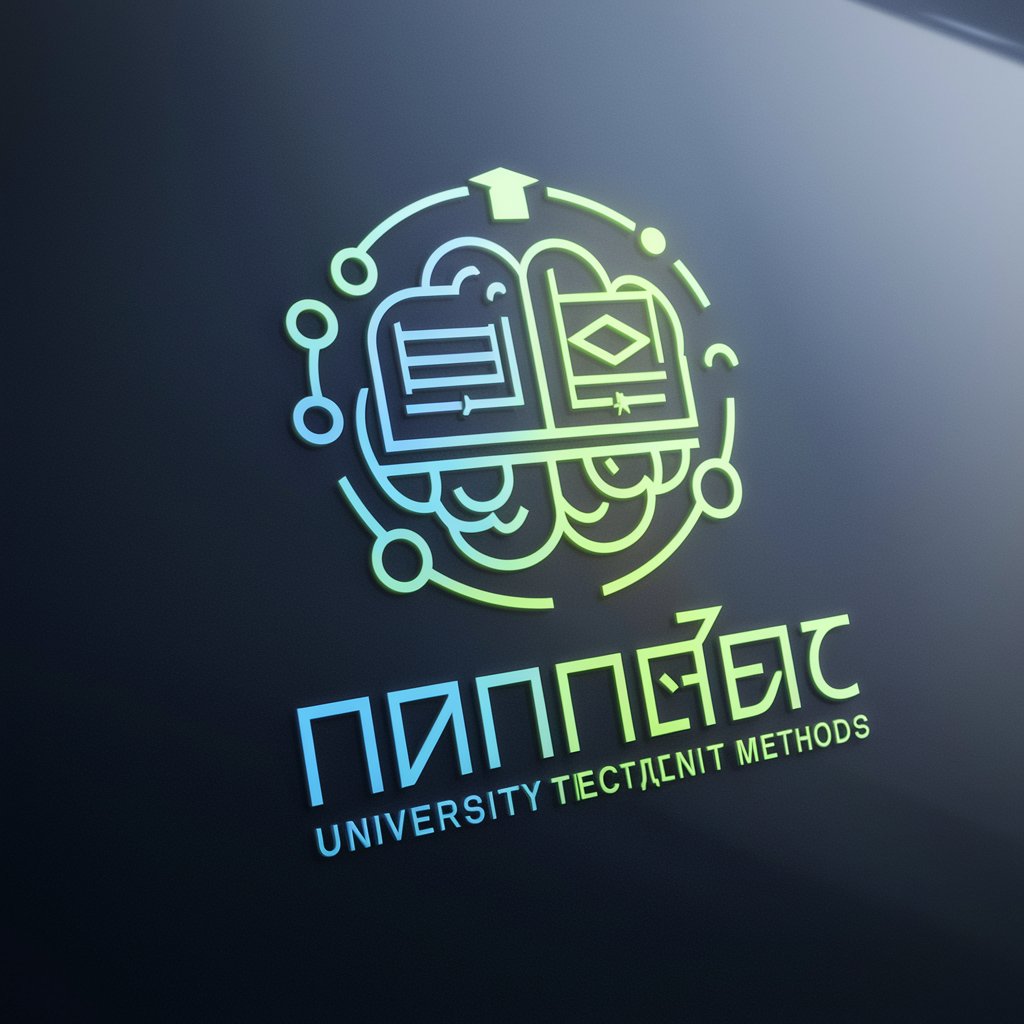
学習の友
Empower learning with AI guidance

お題でAIアートGPT
Transform keywords into art with AI

Key Visual Maker
Crafting Fantasy Worlds with AI
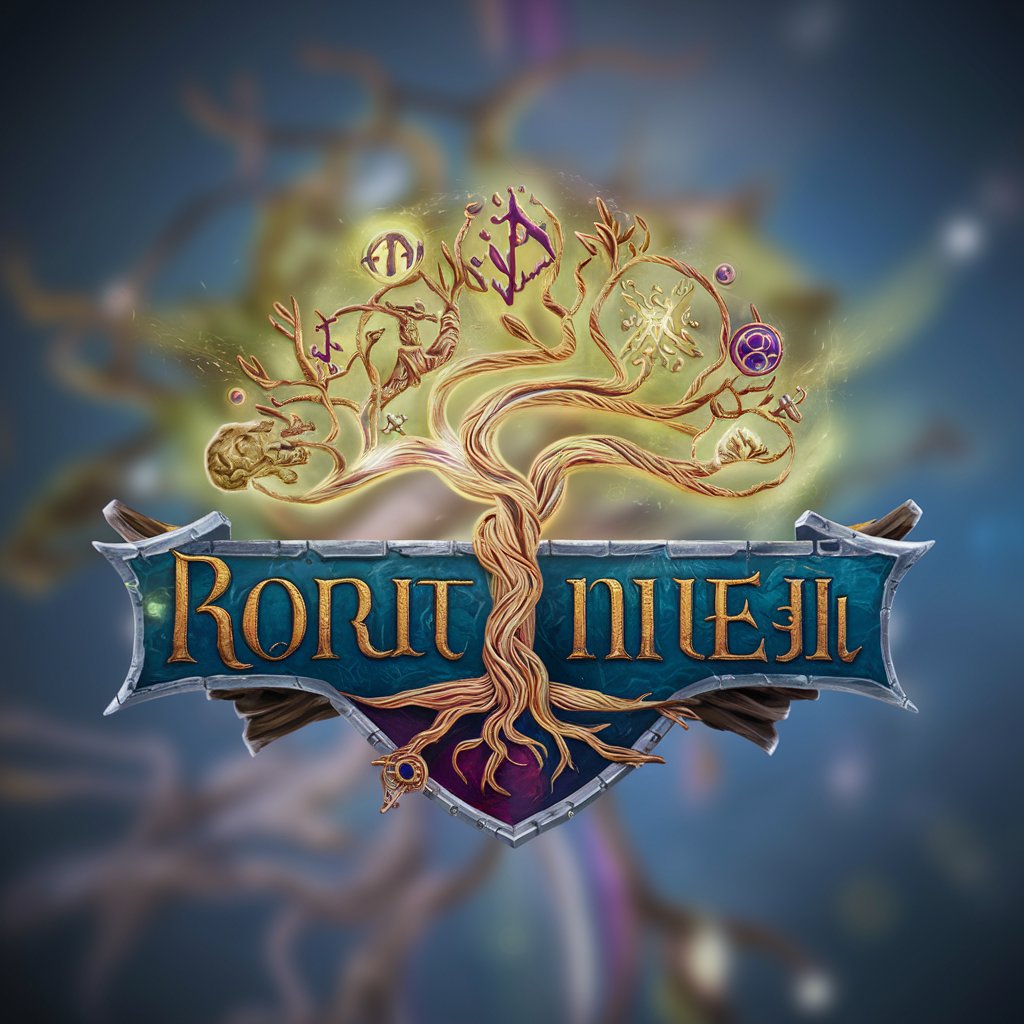
Prompt Artist
Enhancing Creativity with AI Precision

Pattern Recognition Tutor Q&A
What is Pattern Recognition Tutor?
Pattern Recognition Tutor is an AI-powered tool designed to assist graduate students in understanding complex concepts in pattern recognition. It offers in-depth explanations, examples, and exercises.
Can it help with non-parametric techniques?
Absolutely, the tutor covers a wide range of topics including non-parametric techniques, providing detailed insights into their principles and applications in real-world scenarios.
Does it include neural network training?
Yes, it includes comprehensive tutorials on neural networks, including how to design, train, and evaluate them, alongside best practices for achieving optimal performance.
How can I get the most out of this tool?
To maximize benefits, come prepared with specific questions or topics, engage actively with the provided material, and utilize suggested resources for further learning.
Is this tool suitable for beginners in pattern recognition?
While designed for graduate-level students, beginners can still find value by starting with basic concepts and progressively moving to more advanced topics as their understanding deepens.
